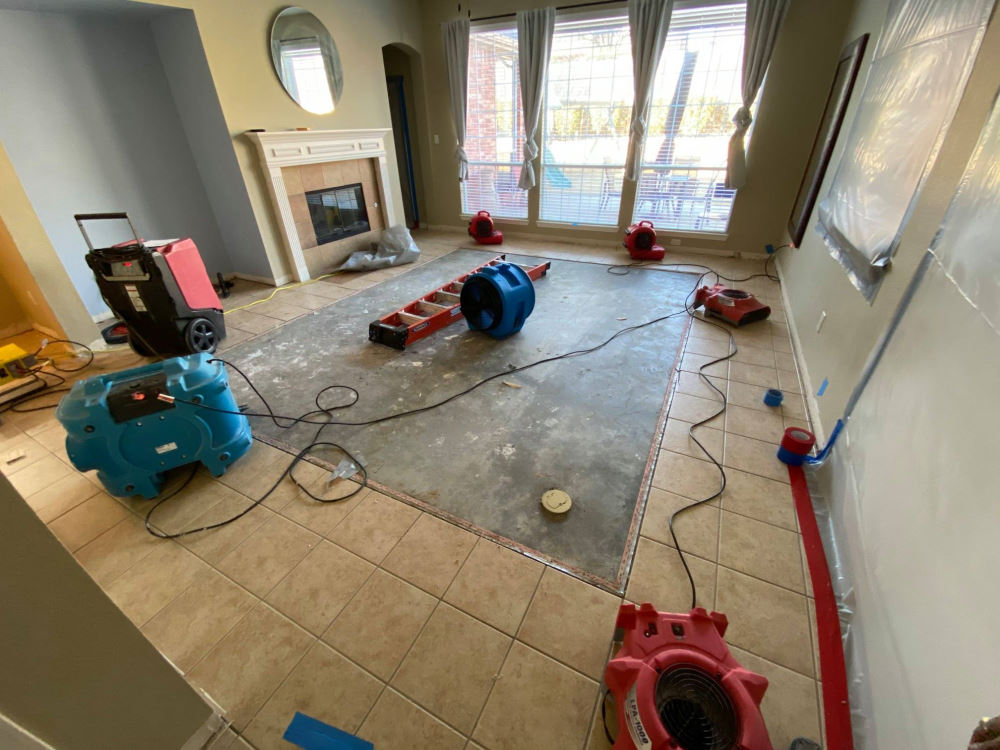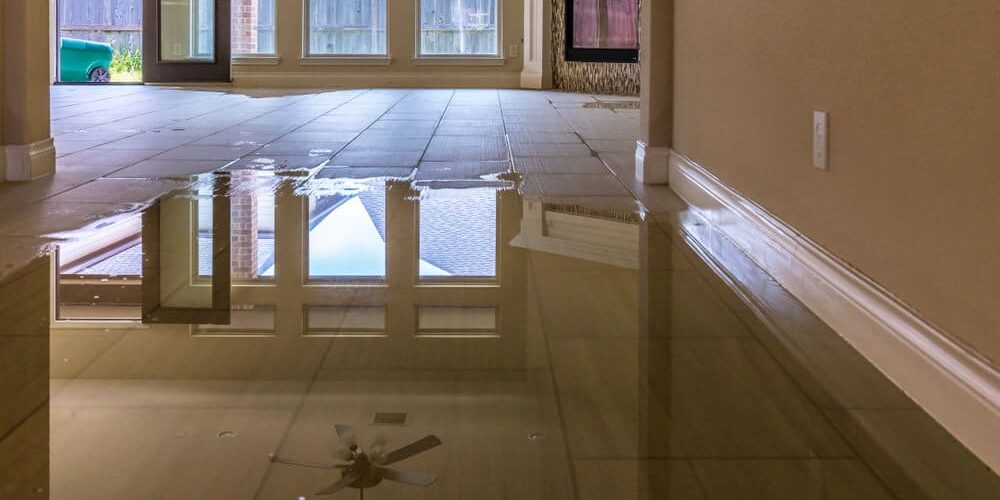Immediate Water Extraction Services to Prevent Structural Damage
Immediate Water Extraction Services to Prevent Structural Damage
Blog Article
The Refine of Water Damages Cleaning: Guaranteeing Your Home Is Restored Successfully
Water damages can be a challenging challenge for property owners, requiring a thorough and organized clean-up process to bring back security and performance. damage restoration services. Following this, effective water removal techniques play a pivotal role in minimizing more damage.
Examining the Damages
Upon finding water damage, the primary step is to thoroughly analyze the extent of the impact. This preliminary assessment is critical, as it aids figure out the necessary actions for reliable cleanup and restoration. Begin by inspecting the affected areas, consisting of walls, ceilings, floorings, and personal possessions, to identify the resource of the water intrusion, whether from flooding, leakages, or condensation.
Recording the damage is essential for both insurance policy claims and planning restoration initiatives - damage restoration services. Use pictures and written notes to catch the intensity of the damage, keeping in mind any afflicted structural elements and products. Pay unique interest to locations that may not be instantly noticeable, such as behind walls and under carpetings, as hidden dampness can cause more issues, consisting of mold development
Furthermore, assess the timeline of the water exposure. The longer the products remain damp, the greater the capacity for damages. Understanding the duration of exposure will certainly notify the necessity of remediation efforts. Inevitably, an extensive analysis prepares for a successful water damage clean-up process, making certain that all affected areas are addressed efficiently and completely.
Water Extraction Methods

Professionals normally utilize submersible pumps for larger volumes of water, which can promptly alleviate flooding in cellars or various other impacted areas. For smaller sized amounts, wet/dry vacuums are usually made use of to draw out residual moisture from rugs and difficult surfaces. In addition, making use of mobile extractors permits targeted removal in confined rooms or areas with delicate products.
In instances of contaminated water, such as sewer or floodwater, progressed removal methods may entail making use of biohazard tools to make certain security and compliance with health laws. High-powered extraction tools are important in minimizing water retention in structural materials, which can result in mold development and structural deterioration otherwise attended to quickly.
Inevitably, the efficiency of water extraction methods plays a pivotal duty in the general success of the water damage clean-up process, preparing for succeeding remediation initiatives.
Drying and Dehumidification
Once standing water has actually been properly drawn out, the following vital stage in the water damage cleanup procedure is drying and dehumidification. This step is essential to stop further damages and mold growth, which can take place within 24 to 2 days in wet atmospheres.
To attain effective drying out, customized equipment such as industrial-grade air moving companies and dehumidifiers is utilized. Air moving companies circulate air across damp surface areas, enhancing evaporation prices, while dehumidifiers lower humidity degrees in the air, advertising a helpful environment for drying. The combination of these tools makes certain that moisture is drawn out from wall surfaces, floorings, and furnishings, allowing them to dry thoroughly.
It is very important to monitor the drying process closely. Specialists frequently make use of moisture meters to assess the moisture content in numerous products, guaranteeing that all affected locations reach acceptable dry skin levels. This meticulous approach aids to avoid concealed moisture pockets that could cause architectural damages or harmful mold and mildew growth.

Cleansing and Sterilizing
After the drying and dehumidification stage is total, the following crucial action in water damage cleaning is cleansing and disinfecting the impacted areas. This procedure is critical to stop the development of mold and mildew, bacteria, and various other microorganisms that flourish in wet settings.
The cleaning stage commonly includes removing any kind of particles, dirt, and impurities from surfaces making use of specialized cleaning up agents. For hard surface areas, a combination of soap and water or industrial cleaning items is typically employed. Soft products, such as upholstery and rugs, may call for a lot more comprehensive cleansing methods, consisting of heavy steam cleaning or deep removal methods, to make certain complete sanitation.

Sanitizing complies with cleansing, utilizing EPA-approved disinfectants to eliminate harmful microorganisms. This action is essential, especially in locations that might flood water removal have come into call with floodwaters or sewer, as these resources can pose severe wellness risks.
Furthermore, it is essential to address any staying smells, which may require making use of odor neutralizers or sophisticated techniques like ozone therapy. Correct cleaning and disinfecting not just restore the safety and security and hygiene of your home but also lay the foundation for successful reconstruction and repairs in subsequent site here stages of the water damage cleanup process.
Repair and Fixings

Once the analysis is complete, repair initiatives can start. This normally involves fixing or replacing damaged products, making sure that all work adheres to neighborhood structure codes and requirements. If drywall has actually been compromised, it will certainly need to be gotten rid of and changed with new product. Additionally, floor covering might call for similar focus, depending upon the degree of water exposure.
It is important to engage knowledgeable restoration experts throughout this process, as they have the know-how to deal with complicated repairs efficiently. They can assist minimize potential future issues, such as mold development or architectural instability, hence ensuring a habitable and secure living environment. Eventually, efficient reconstruction and repairs restore the home's stability and boost its total worth.
Conclusion
To conclude, the process of water damage clean-up is crucial for bring back a home to its pre-damage condition. Each stage, from examining the damages to applying effective water extraction methods, complied with by fire restoration thorough drying, sterilizing, and needed repair services, plays an essential role in ensuring safety and security and conformity with structure criteria. Reliable execution of these steps not only reduces immediate damage however likewise boosts the long-lasting integrity and worth of the residential property.
Water damages can be a complicated obstacle for house owners, demanding a organized and precise clean-up procedure to bring back safety and capability. Ultimately, a comprehensive evaluation lays the foundation for an effective water damages clean-up procedure, making sure that all affected areas are attended to successfully and thoroughly.
Reliable water extraction methods are essential in mitigating damages and preventing additional complications complying with a water breach occasion.In final thought, the procedure of water damage clean-up is essential for restoring a home to its pre-damage problem. Each stage, from analyzing the damage to carrying out reliable water extraction methods, followed by detailed drying, sterilizing, and essential repairs, plays a vital duty in guaranteeing security and conformity with structure standards.
Report this page